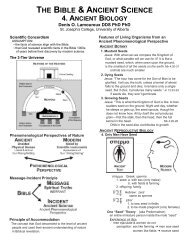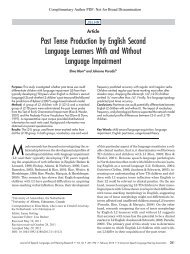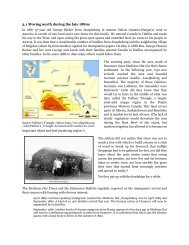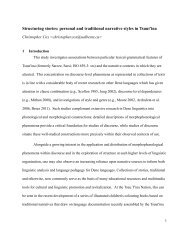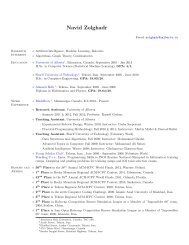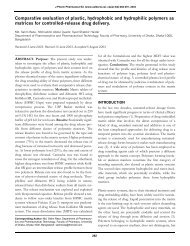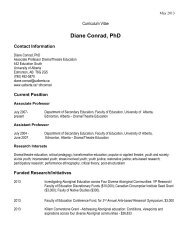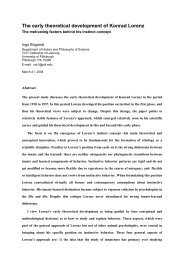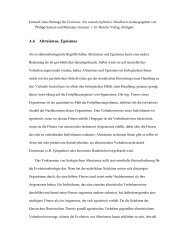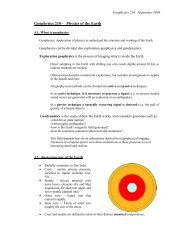Processing of Primary Fischer-Tropsch Products - University of Alberta
Processing of Primary Fischer-Tropsch Products - University of Alberta
Processing of Primary Fischer-Tropsch Products - University of Alberta
You also want an ePaper? Increase the reach of your titles
YUMPU automatically turns print PDFs into web optimized ePapers that Google loves.
product more amenable to refining [17], but this train <strong>of</strong> thought will not be<br />
explored further.<br />
3.1.1 Hetero-atom constraints<br />
The most obvious advantage is the low sulphur content. There is no need to<br />
worry about deep hydrodesulphurisation or other sulphur reduction technologies<br />
to meet fuel sulphur specifications. There is also no need to worry about the<br />
sulphur sensitivity <strong>of</strong> catalysts and high activity tmsulphided catalysts can in<br />
principle be used for hydrotreating.<br />
The bugbear <strong>of</strong> a FT refinery is oxygenates and most refining processes are<br />
affected. Only the lighter than C5 boiling range material is oxygenate free or<br />
have oxygenates present in very low concentration. Oxygenates can therefore be<br />
considered critical in HTFT refining, with carboxylic acids being especially<br />
troublesome. They restrict the metallurgy <strong>of</strong> processing equipment and cause<br />
metal leaching <strong>of</strong> some classes <strong>of</strong> unsulphided catalysts, most notably nickel<br />
promoted catalysts. Furthermore, the carboxylic acids tend to be difficult to<br />
remove by hydrotreating.<br />
Unlike hydrodesulphurisation (HDS) and hydrodenitrogenation (HI)N) that<br />
produces hydrogen sulphide and ammonia, hydrodeoxygenation (HDO)<br />
produces water. This not only complicates product work-up, but also creates<br />
problems in catalysis. Hydrothermal dealumination can lead to changed catalyst<br />
behaviour [18] and faster catalyst deactivation [19]. In chlorided catalyst systems<br />
severe corrosion may also result from the presence <strong>of</strong> water.<br />
3.1.2 Petrol component properties<br />
It is instructive to look at the hydrocarbon component classes in relation to<br />
their octane value and abundance in FT products. As an example, the C7<br />
hydrocarbon compound classes have been listed, with their relative abundance<br />
on an oxygenate-free basis in a high temperature FT product (Table 1).<br />
It is clear that an unrefined HTFT product has a low octane and that the<br />
only saving grace is its high olefin content. Exploiting the high olefin content<br />
and redressing both the low degree <strong>of</strong> branching and low aromatics content, are<br />
therefore central to the fuels refining strategy. This can typically be done by<br />
skeletal isomerisation <strong>of</strong> the olefins [21, 22] (with the possibility for<br />
etherification), skeletal isomerisation <strong>of</strong> the paraffins [23, 24], selective<br />
aromatisation or reforming [25, 26, 27]. Similarly, the extraction <strong>of</strong> alpha-olefins<br />
as chemicals is desirable from a fuels point <strong>of</strong> view. In some cases it may also be<br />
useful to consider double bond isomerisation as a cheap way to improve the<br />
octane <strong>of</strong> alpha-olefin-rich material.<br />
487



